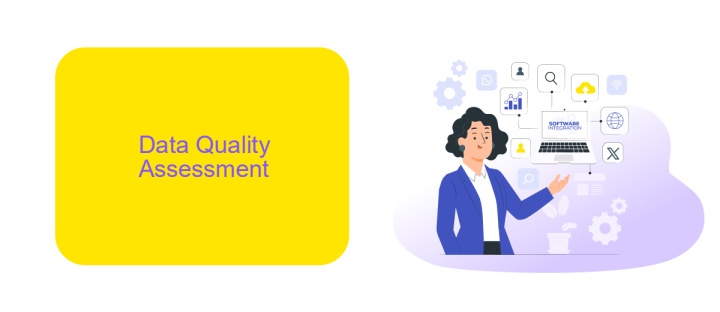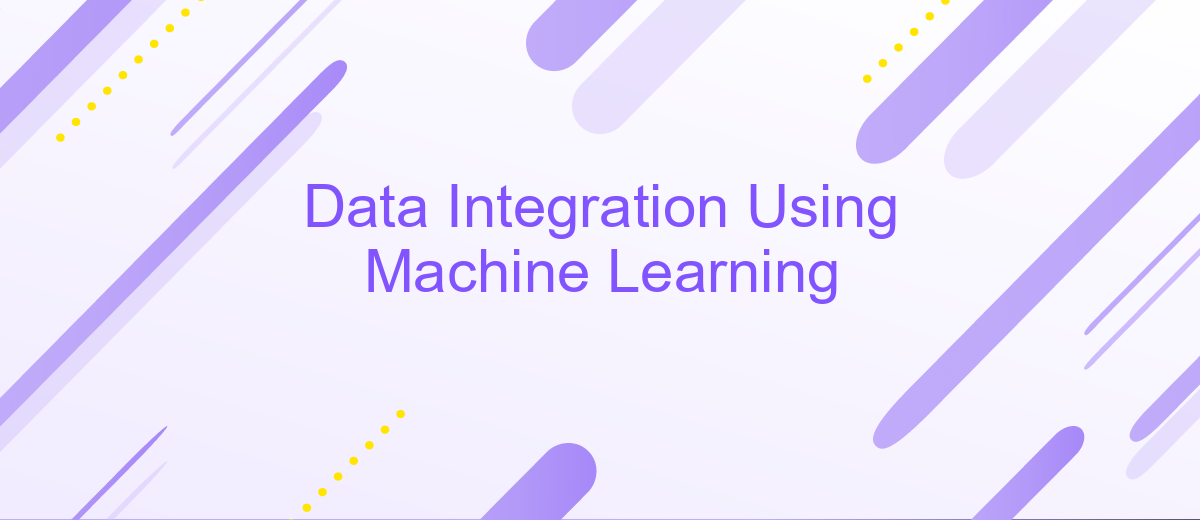Data Integration Using Machine Learning
Data integration is a critical process in modern data management, enabling organizations to combine data from disparate sources into a unified view. With the advent of machine learning, this process has become more efficient and intelligent. Machine learning algorithms can automate data mapping, cleansing, and transformation, significantly reducing manual effort and enhancing the accuracy and reliability of integrated data.
Introduction
Data integration is a critical process in the modern data-driven landscape, enabling organizations to consolidate information from diverse sources into a unified view. This process is essential for deriving actionable insights and making informed decisions. However, traditional data integration methods often struggle with handling the volume, variety, and velocity of today's data.
- Scalability issues with large datasets
- Complexity in integrating diverse data formats
- Latency in real-time data processing
Machine learning (ML) offers a promising solution to these challenges by automating and optimizing data integration processes. Tools like ApiX-Drive facilitate seamless integration by connecting various applications and automating data workflows. By leveraging ML algorithms, these tools can efficiently handle data cleaning, transformation, and synchronization, thus enhancing the overall efficiency and accuracy of data integration tasks.
Data Quality Assessment

Data quality assessment is a critical step in the data integration process, especially when leveraging machine learning algorithms. High-quality data ensures that the models perform optimally and generate reliable insights. The assessment involves evaluating the completeness, consistency, accuracy, and timeliness of the data. Techniques such as data profiling, anomaly detection, and statistical analysis are commonly used to identify and rectify data quality issues before they impact the integration outcomes.
Utilizing tools and services like ApiX-Drive can significantly streamline the data quality assessment process. ApiX-Drive offers automated data transfer and integration capabilities, which include built-in features for data validation and error detection. By integrating ApiX-Drive into your data pipeline, you can ensure that the data being fed into machine learning models is of the highest quality, thereby enhancing the overall effectiveness of your data integration efforts. This not only saves time but also reduces the risk of errors that could compromise the integrity of your analytical results.
Feature Selection and Transformation

Feature selection and transformation are critical steps in the data integration process, especially when leveraging machine learning algorithms. Effective feature selection helps in reducing the dimensionality of the dataset, which in turn enhances the performance of the machine learning models. This process involves identifying the most relevant features that contribute to the predictive power of the model while discarding redundant or irrelevant data.
- Identify the key features that impact the target variable.
- Use statistical methods like correlation or mutual information to assess feature importance.
- Apply dimensionality reduction techniques such as Principal Component Analysis (PCA).
- Transform features using normalization or standardization to ensure uniform scale.
- Utilize automated tools and services like ApiX-Drive for seamless data integration and transformation.
By carefully selecting and transforming features, organizations can significantly improve the accuracy and efficiency of their machine learning models. Tools like ApiX-Drive can further streamline this process by automating data integration and transformation tasks, allowing data scientists to focus more on model development and less on data preprocessing. This holistic approach ensures that the integrated data is not only clean and relevant but also ready for advanced analytics.
Model Training and Evaluation

Training a machine learning model for data integration involves several critical steps. Initially, the dataset must be preprocessed to handle missing values, normalize data, and encode categorical variables. This ensures that the data is clean and suitable for training.
Once the data is prepared, the next step is to select a suitable machine learning algorithm. Common choices include decision trees, random forests, and neural networks, depending on the complexity and nature of the data. The selected model is then trained using a portion of the dataset, with the remaining data reserved for evaluation.
- Data preprocessing: handling missing values, normalization, encoding
- Model selection: decision trees, random forests, neural networks
- Training: using a portion of the dataset
- Evaluation: assessing performance with reserved data
Evaluation metrics such as accuracy, precision, recall, and F1-score are used to assess the model's performance. Tools like ApiX-Drive can automate parts of this process, streamlining data integration and ensuring seamless connectivity between various data sources and the machine learning model.


Deployment and Monitoring
Deploying a machine learning-based data integration system requires careful planning and execution. Initially, ensure that the infrastructure is scalable and robust to handle varying data loads. Utilize cloud services like AWS or Azure for flexible resource management. Additionally, leverage tools such as Docker for containerization to streamline deployment across different environments. ApiX-Drive can be particularly useful for setting up seamless integrations between various data sources and ensuring that data flows smoothly into your system.
Monitoring is crucial to maintain the performance and reliability of your integration system. Implement real-time monitoring solutions like Prometheus and Grafana to track system metrics and identify potential bottlenecks. Regularly update your machine learning models to adapt to new data patterns and ensure accuracy. ApiX-Drive offers monitoring features that can alert you to any disruptions in data flow, enabling quick resolution of issues. By continuously monitoring and updating your system, you can ensure it remains efficient and effective over time.
FAQ
What is data integration using machine learning?
How does machine learning improve data integration processes?
What are the common challenges in data integration that machine learning can address?
Can machine learning handle real-time data integration?
What tools can be used for automating data integration with machine learning?
Time is the most valuable resource for business today. Almost half of it is wasted on routine tasks. Your employees are constantly forced to perform monotonous tasks that are difficult to classify as important and specialized. You can leave everything as it is by hiring additional employees, or you can automate most of the business processes using the ApiX-Drive online connector to get rid of unnecessary time and money expenses once and for all. The choice is yours!

